Finding Calm without Flying Off the Handle
Have you ever had a moment where sudden frustration or anger gets the better of you? Before you know it, you are breathing fire. One minute you are serene, peaceful, confident and in charge. The next you are a dragon. You’re out of control, your face is red, your emotions are in overdrive.
If you’re lucky, you are by yourself when this happens. If you’re not that fortunate, you are having a one-on-one conversation with someone, or worse, you are in front of the group leading a meeting or retreat.
What do you do? Do you act on your feelings? Do you get confrontational? Or do you pause?
I just recently finished a fantastic book by master facilitator and organizational consultant Larry Dressler: Standing in the Fire: Leading High Heat Meetings with Clarity, Calm and Courage. His book is full of thoughtful pointers and practices for any of us interested in strengthening our ability to lead high-heat meetings or conversations.
But the lessons have been most powerful in my personal life, particularly with my children.
One of Dressler’s main points is that we must practice the skills we need for graceful facilitation all the time. Our lives are our training ground. After reading that, it didn’t take much to realize that the bed-time routine with my kids is reactivity zone central.
I love my children more than words can express. They are adorable. They are playful and bring great creativity and fulfillment to my life. But they don’t come with an off switch which makes bed-time an ongoing power struggle. Even if I do succeed (most of the time) in getting them into bed, it never feels like a success. Managing the transition with those two little people produces near immediate feelings of overwhelm, frustration and exhaustion. Let’s just say my kids aren’t super keen on being team players when it comes to getting ready for sleep.
Enter Standing in the Fire. Dressler offers a few steps to work with moments when one’s emotions take over. He offers four steps that, when practiced regularly, provide a new path. It’s a path that’s equally helpful at home and at work, with children or colleagues.
1. Attend: This first step is simply to pay attention. To notice what we are experiencing from moment to moment.
2. Name: Once we notice that we are in a reactive state we can ask: What’s up with me? The key point here is to name what’s going on without judgment. For many of us, the act of naming something can take much of the power away of it.
3. Pause: This step is CRUCIAL. For me, it’s the most important piece. I seem to be relatively able to attend and name my feelings, but I’m not always so good at the act of pausing. Dressler explains that pausing means simply to “experience and appreciate the energy – observing it but not acting on it.”
4. Shift your State: There are many ways to shift the energy and one’s state of mind. Two that I have been finding very valuable in relationship to my children are:
Remembering to Breathe. I find that if I can take 5 deep breaths without acting on my feelings, I have more ability to figure out what to do next.
Evoking a Quality. Found in Dressler’s book and developed by his colleague Wendy Palmer, this practice has two steps:
Pick a quality you would find useful to evoke in a given situation.
Complete the question below and answer it: If there were more [name the quality] in my being, what would it feel like?
I have found that the act of asking myself how a different quality would feel tricks my mind and body into feeling it. I immediately have a little more resourcefulness to address whatever is going on. It’s a great tool to practice with in the moment.
Consider this scenario:
I have just asked my two children to put on their pajamas for the fifth time.
By attending, I notice that my voice is no longer calm. In fact, it has become quite loud and tense.
By naming, I recognize that I am feeling frustrated and out of control.
At this point normally, I usually start screaming and using threats to promote forward movement. But with my Dressler’s practice, I now pause. I do not ask a 6th time for the kids to put on their pjs. I put my hands on my belly and take five breaths. My kids don’t notice. They are busy making a pillow fort.
I think about what quality I’d like to evoke. Calm.
I think about what calm would feel like. I start to feel it. A new idea to creatively get them moving pops into my mind.
I speak to my children again, firmly but calmly. “Kiddos, it’s time to put on your pj’s. I am going to count to 30. Let’s see if you can get your pj’s on before I’m done counting. Ready, set, go!”
Always up for a challenge, my kids drop the pillow fort and rush to get their pj's on. I’m feeling like a champion. At least until it’s time to get them in their beds.
Practice: Think about an area in your personal or work life in which you experience high-heat moments. The next time you notice yourself in one of these situations, pause and apply this four step process. What changes do you notice in your ability to address the situation, if any?
Are you ready to lead through high-heat moments with strength and calm? Get in touch with Amanda Silver Consulting to find out how we can help.

